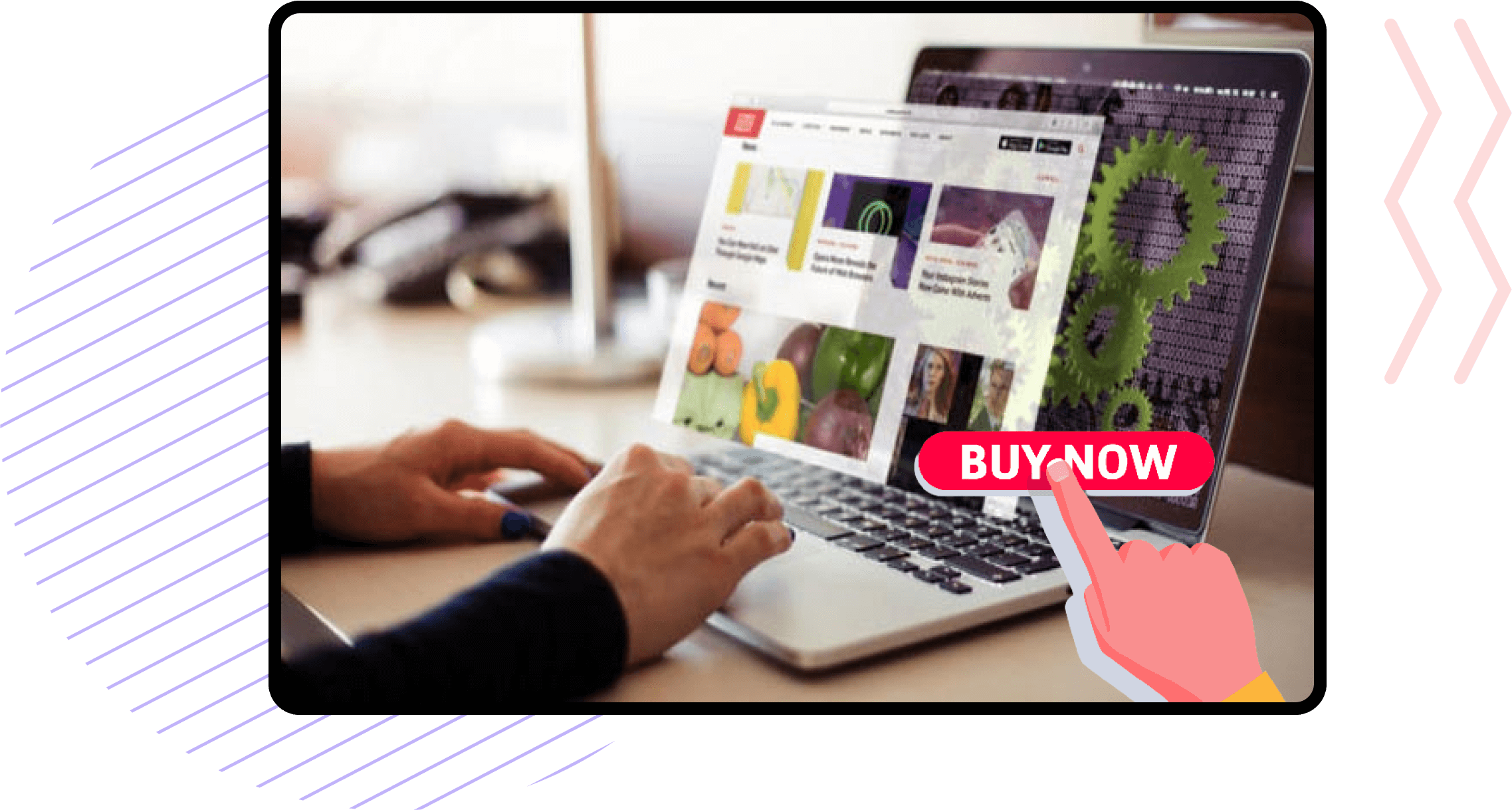Introduction:
Welcome to the wacky world of digital marketing funnels! Today, we’ll dive headfirst into the exciting realm of turning leads into customers using these super-cool marketing machines. But fear not, dear reader, for this 101 guide is here to make your journey informative, fun, and engaging! So, buckle up, grab some popcorn, and let’s get funneling!
Section 1: What the Funnel?
First things first, let’s clear up any confusion about what a digital marketing funnel actually is. In simple terms, a marketing funnel is a model that represents the customer’s journey from discovering your brand to making a purchase (or any desired action). Think of it like a waterslide (but for your potential customers) that takes them through the thrilling experience of becoming your loyal customers.
Section 2: The Stages of a Marketing Funnel
Now that we know what a funnel is, let’s break it down into its key stages. The stages may vary depending on your source, but we’ll stick to the four most common ones:
- Awareness: The first stage is all about getting the word out about your brand. This is where you’ll use various marketing channels to reach potential customers and make them aware of your awesome products or services.
- Interest: Once you’ve caught their attention, it’s time to pique their interest. Show them why your brand is the bee’s knees and how your products or services can make their lives better.
- Decision: At this stage, your leads are ready to make a decision. It’s time to hit them with irresistible offers and incentives that’ll seal the deal.
- Action: Finally, they’ve made up their minds and are ready to take action, i.e., make a purchase or sign up for your service.
Section 3: The Importance of Digital Marketing Funnels
You might be wondering, “Why do I even need a marketing funnel?” Well, my curious friend, let’s take a look at the benefits:
- Better lead generation: Funnels help you create targeted marketing campaigns that attract quality leads.
- Improved customer engagement: A well-designed funnel keeps your leads engaged and interested throughout their journey, increasing the chances of conversion.
- Higher conversion rates: By guiding your leads through each stage of the funnel, you’ll ultimately increase your conversion rates.
- Better customer retention: Funnels help you build long-lasting relationships with your customers, encouraging repeat business and referrals.
Section 4: Building Your Digital Marketing Funnel
Now that we’ve covered the basics, it’s time to build your very own digital marketing funnel. Here’s a step-by-step guide to get you started:
- Define your target audience: Before you start building your funnel, you need to know who your ideal customers are. Create buyer personas to help you understand their needs, preferences, and pain points.
- Choose your marketing channels: Determine which channels will be the most effective for reaching your target audience. Social media, email marketing, content marketing, and search engine optimization (SEO) are some popular options.
- Create compelling content: Develop content that aligns with each stage of your funnel. For example, blog posts and infographics can be great for awareness, while case studies and webinars work well for the interest stage.
- Implement tracking and analytics: Use tools like Google Analytics and CRM software to track your leads’ progress through the funnel. This will help you identify areas for improvement and optimize your campaigns.
- Test and optimize: Continuously test different aspects of your funnel (e.g., headlines, CTAs, design) and make data-driven improvements to enhance its performance. Remember, the key to a successful digital marketing funnel is ongoing optimization.
Section 5: Turning Leads into Customers
Now that you’ve built your digital marketing funnel, let’s focus on turning those leads into customers. Here are some tips for each stage of the funnel:
- Awareness: Grab your audience’s attention with eye-catching visuals, engaging headlines, and share-worthy content. Utilize social media, SEO, and paid advertising to increase your reach.
- Interest: Build trust and credibility by providing valuable, informative content that addresses your leads’ pain points. Use email marketing, retargeting ads, and content upgrades to keep them engaged.
- Decision: Offer irresistible incentives, such as discounts, free trials, or bonuses, to nudge your leads towards making a purchase. Showcase customer testimonials and case studies to help them feel confident in their decision.
- Action: Make the checkout process as smooth and frictionless as possible. Offer multiple payment options, ensure your website is mobile-friendly, and provide clear calls-to-action (CTAs) throughout the process.
Section 6: Funnel Hacks for Success
To make your digital marketing funnel even more effective, here are some insider tips and tricks:
- Personalize your content: Tailor your content and offers to your leads’ preferences and behaviors. Use dynamic content and segmented email lists to deliver personalized experiences.
- Leverage social proof: Showcase customer reviews, testimonials, and endorsements to build trust and credibility. You can even use influencer marketing to amplify your message.
- Offer irresistible lead magnets: Entice your leads with valuable, high-quality lead magnets (e.g., eBooks, checklists, templates) in exchange for their contact information.
- Use automation tools: Streamline your marketing efforts with automation tools like email marketing software, social media schedulers, and chatbots.
- Follow up with leads: Don’t let your leads slip through the cracks. Implement a follow-up strategy to nurture leads who haven’t yet converted.
Conclusion:
There you have it, folks! The ultimate 101 guide to digital marketing funnels. We hope this informative, fun, and engaging journey has provided you with the knowledge and tools to create your very own marketing funnel, turning leads into loyal customers. Remember, the key to success is continuous testing and optimization, so keep refining your funnel and watch your conversion rates soar!




